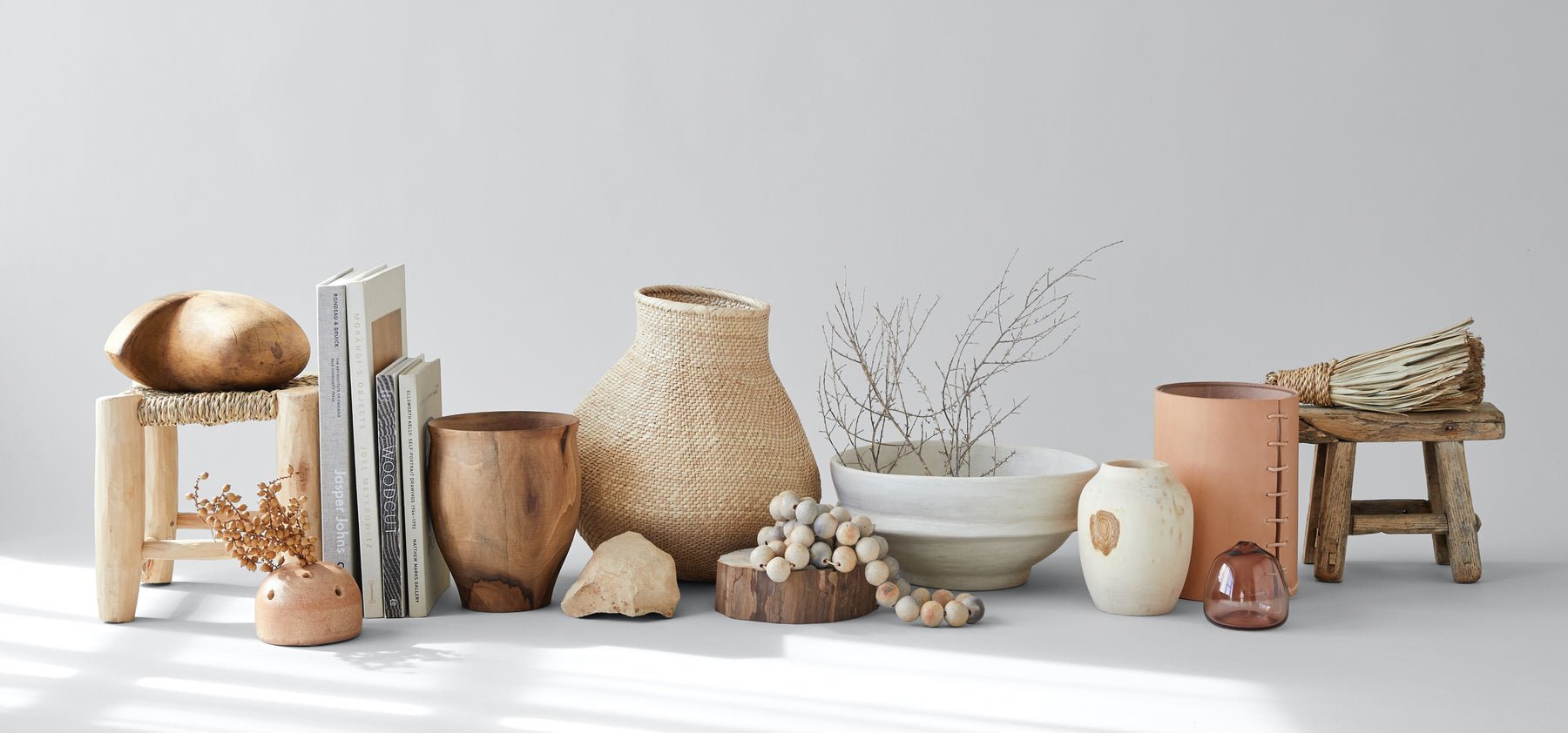What Vases Go With What Flowers?
Have you ever shopped online at Bloomist.com? “We’re greenery fans, nature lovers, and designers who curate and create simple, beautiful goods for the nature-inspired home. We think home should be a life-enhancing retreat where plants and natural textures and materials unite to create a sense of peace, calm, health, and happiness. So we travel the world to bring you a curated selection of the artisan goods and green-cessories you need to make a natural home.”
I love looking for unique gift ideas and home accessories in their treasure chest of goodies:
Single stem, dramatic branches, bunches of roses, or a small bouquet? Whatever flowers you’re thinking of giving (or getting), we’ve got the perfect vase. Follow our easy guide and match vases and flowers effortlessly.
Tall flowers and branches like Pussy Willows, Cherry Blossoms or Magnolia work with Buranchi (A) and Bough (E). The latter has a heavily weighted bottom to prevent tipping and a double rim opening to support tall branches.
Wide expressive arrangements need wide mouth vases like Tracie Hervy Tall Cylinder (B), Ikebana (D), and Natural Tadelakt Vase (H).
Small intimate bouquets work beautifully with petite vases including Ikebana (D) small and Oval (F) by Peter Sheldon.
Delicate sprays or single roses are best showcased in something simple like Judy Jackson’s Orb (C) and Bottle Vases (G) or the Tall Novah Pitcher (E) by Syzygy.
Bouquets of roses, short or long stem look stunning in Ikebana (D), Oval (F) by Peter Sheldon, and Natural Tadelakt (H).
Tips For Arranging:
Your choice of vase will be dependent on where you intend to place the arrangement: tall vases are great for entryways, mantelpieces, desks, and dressers, whereas shorter vases are ideal for floral arrangements that will be featured on a dinner table.
The rule of thumb for traditional arrangements is that the length of the flower stems should be no more than one and a half to two times the height of a vase. So, if your vase is 10 inches tall, the height of your entire arrangement should be 25 inches tall. For smaller vases, like a cube, you should be looking to accomplish one and a half times the height of the vase and two times the width.
The hourglass vase is incredibly versatile and a real cupboard staple. This type of vase particularly suits shorter-stemmed flowers with large, round heads such as roses, hydrangeas and peonies. Wide at the bottom, narrow in the middle, and slightly flared at the top:
Replenish the water frequently and change the water entirely every 2-3 days. Trim at least a half inch of stem off your flowers before you put them in a vase and each time you change the water with SHARP scissors. As flowers sit out of water on your ride home, the ends of the stem dry out and the cells die, making it difficult for the flowers to absorb water. By cutting the stems just before placing them in water again, you expose fresh tissue that can suck up the water much more efficiently. When you trim stems when you change the water in the vase a few days later, you remove tissue at the tips that may be breaking down and once again expose fresh tissue that absorbs more water.
Use “flower food” for most flowers. While changing the water every other day or so is often just as effective for making flowers last longer, adding those flower food packets that come with packaged flowers are beneficial as well. This is especially true if you’re forgetful/lazy and won’t be changing your flowers’ water regularly. In addition to “feeding” the bouquet, these food packets contain a bactericide that keeps the water fresh for a day or two longer. Two flower varieties that do not like the mix of flower food are sunflowers and gladiolas.
You will notice that most florist-created arrangements do not show the flower stems. Opaque ceramic vases hide the stems, but glass vases do not. Therefore, lining a glass vase with leaves gives the arrangement a professional touch. Use large flat leaves like aspidistra, the common house plant seen in the example. The water in the vase amplifies the leaves like a magnifying glass for a beautiful effect.
Even if you have no clue how to arrange flowers, like seriously, you only know to put them in water, you can still put something pretty together. Just choose blooms that are the same color, and it pretty much always looks good. How easy was that?
I hope you enjoyed! Have a great week and I will see you net time!




